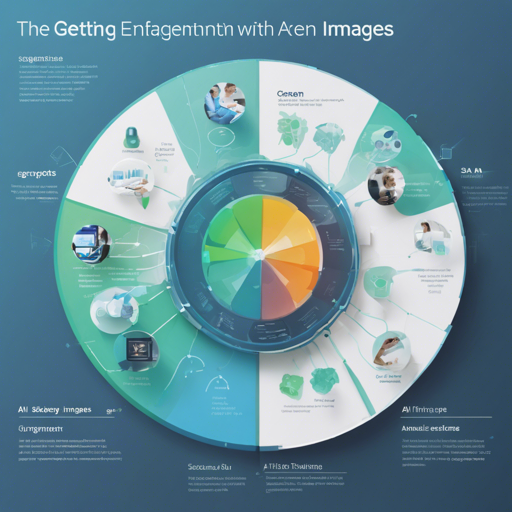Welcome to the world of SAM 2 by FAIR! This repository introduces a powerful foundation model designed to simplify visual segmentation tasks in images and videos. Whether you’re working on a project that needs high-precision object segmentation or just experimenting with machine learning, this guide will walk you through how to effectively use SAM 2.
Overview: What is SAM 2?
SAM 2 stands for Segment Anything in Images and Videos. Utilizing the latest advancements in visual segmentation, SAM 2 allows users to generate masks for objects in pictures or video streams. It serves as a crucial step towards enabling promptable visual segmentation. The official implementation is available on GitHub.
How to Use SAM 2
Image Prediction
To perform image segmentation, follow the steps below:
python
import torch
from sam2.sam2_image_predictor import SAM2ImagePredictor
predictor = SAM2ImagePredictor.from_pretrained("facebook/sam2-hiera-base-plus")
with torch.inference_mode(), torch.autocast("cuda", dtype=torch.bfloat16):
predictor.set_image(your_image)
masks, _, _ = predictor.predict(input_prompts)
Video Prediction
For video segmentation, use the following instructions:
python
import torch
from sam2.sam2_video_predictor import SAM2VideoPredictor
predictor = SAM2VideoPredictor.from_pretrained("facebook/sam2-hiera-base-plus")
with torch.inference_mode(), torch.autocast("cuda", dtype=torch.bfloat16):
state = predictor.init_state(your_video)
# Add new prompts and instantly get the output on the same frame
frame_idx, object_ids, masks = predictor.add_new_points_or_box(state, your_prompts)
# Propagate the prompts to get masklets throughout the video
for frame_idx, object_ids, masks in predictor.propagate_in_video(state):
...
Understanding the Code Through an Analogy
Imagine SAM 2 as a highly skilled artist hired to create portraits based on given prompts (the objects you want to segment). When you provide an image, the artist closely studies it first (the `set_image` method), almost like preparing the canvas. Then, you give directions (the prompts) for what to paint (the `predict` method), and voila! The artist produces a lovely segmented portrait of the image.
Similarly, with videos, you can think of it as the artist creating a mini-animation. The artist initializes the video (using `init_state`), then can receive prompts for each specific frame (the `add_new_points_or_box` method) and seamlessly multiplies them throughout the frames (by propagating the masks with `propagate_in_video`). This allows dynamic and real-time adjustments to the artwork.
Troubleshooting Tips
While using SAM 2, you might encounter some common issues. Here are some troubleshooting ideas:
- Error in dependencies: Ensure that all required packages (like PyTorch) are correctly installed. You may need to update your installation using pip.
- CUDA errors: These are often due to hardware incompatibility. Make sure your system supports CUDA and has the right drivers installed.
- Incorrect prompts: Double-check the format and data type of the prompts you’re using to avoid data discrepancies.
For more insights, updates, or to collaborate on AI development projects, stay connected with fxis.ai.
Final Thoughts
With SAM 2, diving into image and video segmentation has never been easier. By employing effective methods and troubleshooting skills, you can harness the power of this model in your endeavors.
At fxis.ai, we believe that such advancements are crucial for the future of AI, as they enable more comprehensive and effective solutions. Our team is continually exploring new methodologies to push the envelope in artificial intelligence, ensuring that our clients benefit from the latest technological innovations.

